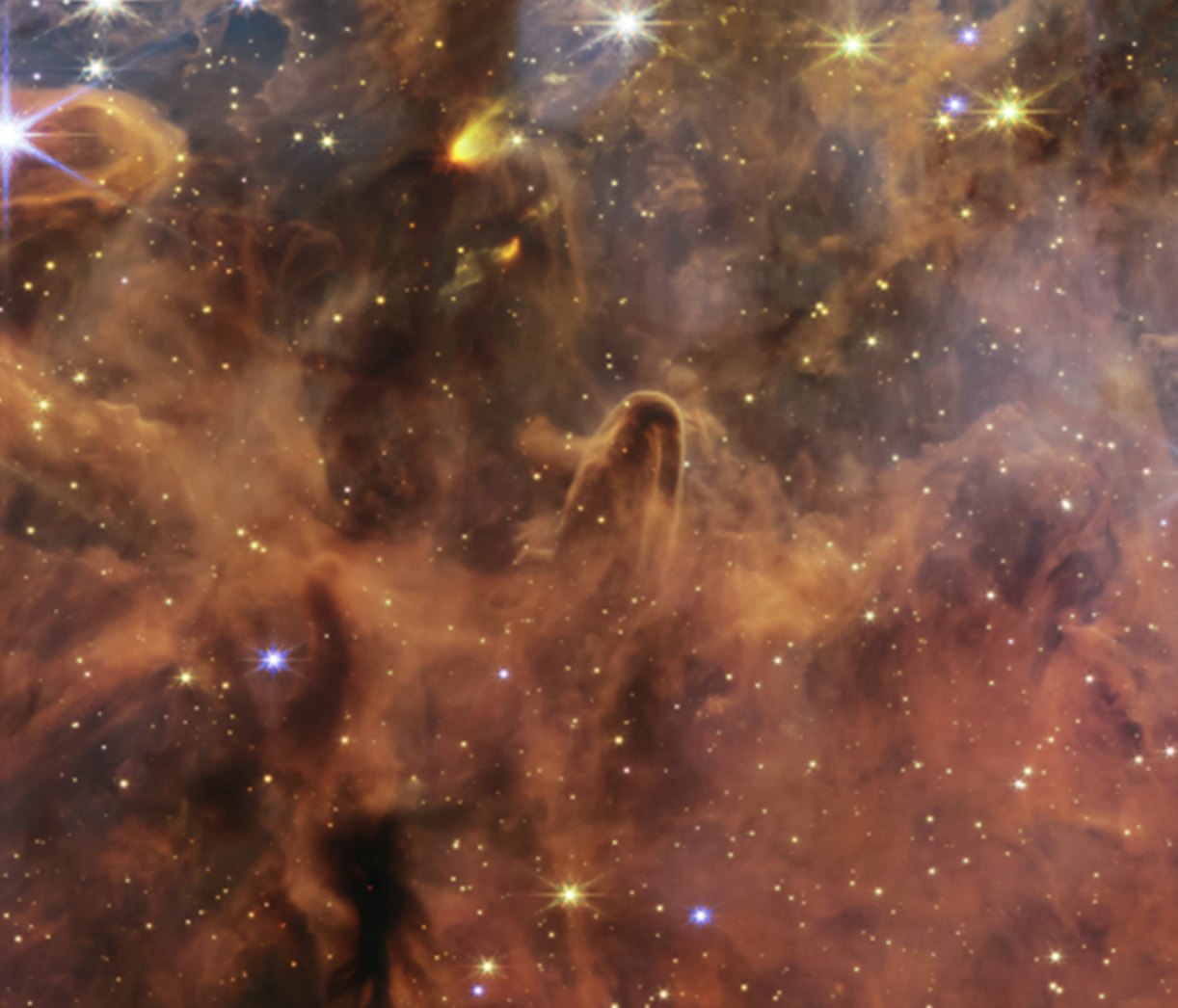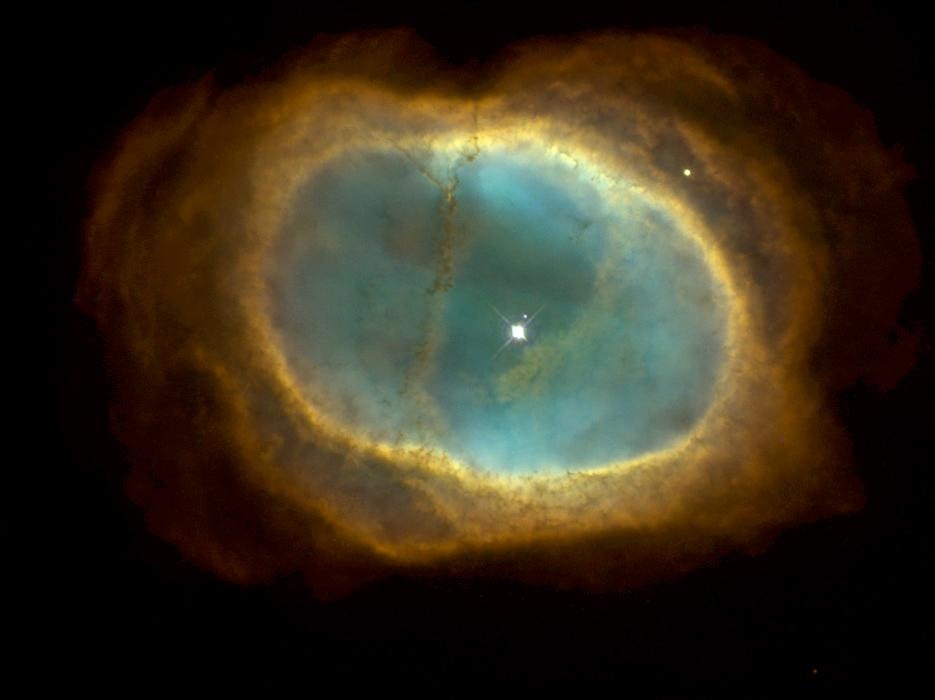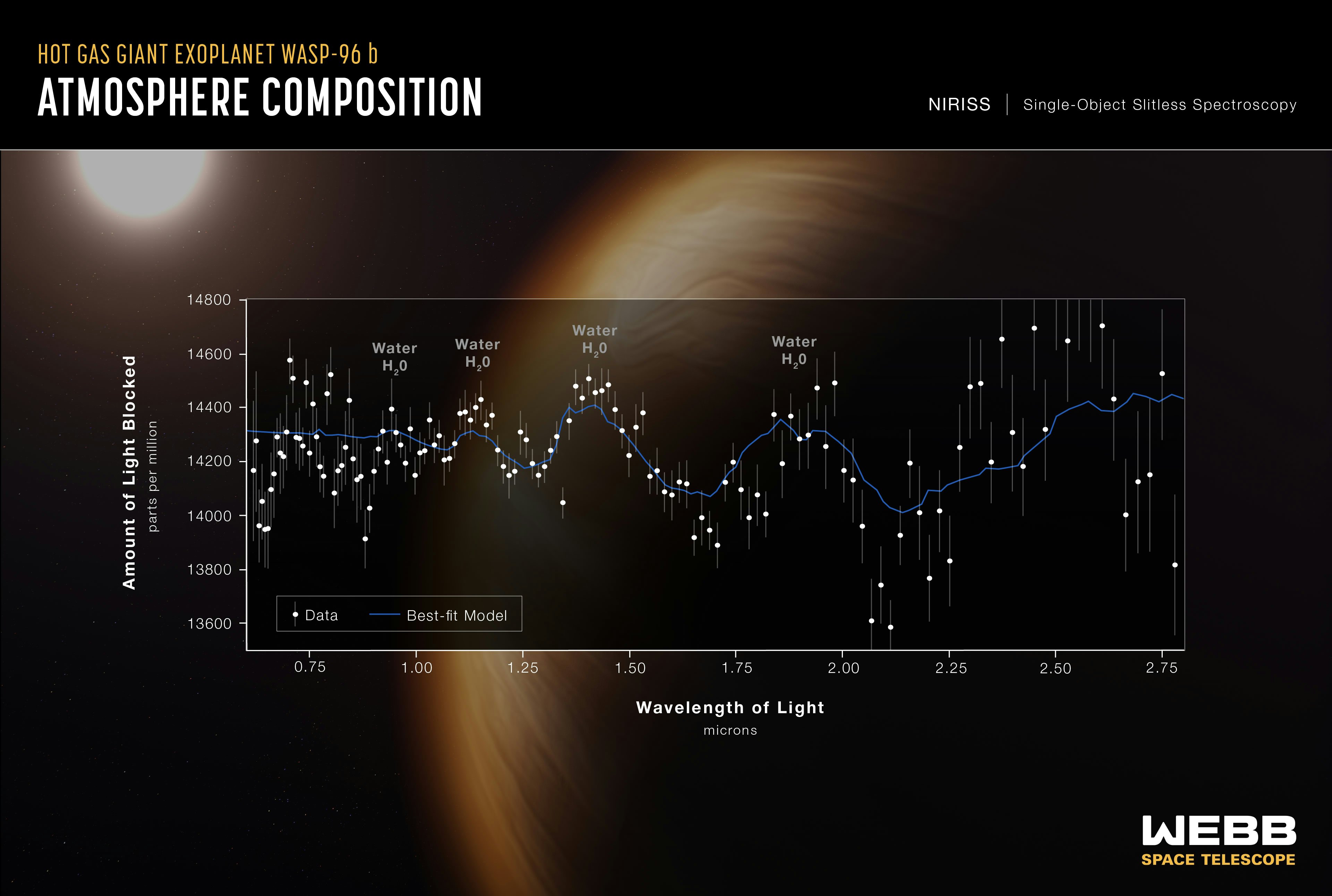
I don’t know about you, but I am riding high on the glory of the images from the Webb Space Telescope. Like many, including the thousands of people who work on the telescope, I didn’t know precisely what the Webb would manage to observe from its perch in space. A good idea, yes, but ultimately, it was a little bit of a roulette throw.
When you send a telescope unlike any other ever made to a point in space 1 million miles from Earth, you do get to a point where you are hoping for the best. Add in the inherent uncertainty and chaos that comes with astronomical discovery (how can you predict what you will see until you see it for the first time?), and you get a real maelstrom of unknowns, possibilities, and even a little doubt. But now, friends, we know: The James Webb Space Telescope really will change how we think about our Universe, forever.
This is an adapted version of the Inverse Daily newsletter for Wednesday, July 13, 2022. Subscribe for free and learn something new every day.
Welcome to your Wednesday. We’re continuing our celebratory coverage of the Webb today, so strap in and hold on as we travel back billions of light-years.

Dazzling! James Webb Space Telescope’s first space images have no equal
On Tuesday, NASA, ESA, and CSA revealed the first five James Webb Space Telescope images of exoplanets, galaxies, baby stars, and the deepest view ever taken of space. The pictures are the hard-won prize of astronomers worldwide, who pushed through numerous delays, 33 years of conceptualization, planning, and construction; the meticulous alignment of 18 honeycomb-shaped mirrors; and a journey of a million miles into space. Officials from NASA, the European Space Agency (ESA), and the Canadian Space Agency (CSA) were eager to share the wondrous new views with the rest of the world.
On Tuesday, CSA President Lisa Campbell lauded JWST as proof of “what we can achieve when we work together,” and congratulated the “thousands of brilliant minds around the world” who make the mission possible.
These images are a view of the universe in infrared, a useful wavelength of light that can showcase the warm glow of wisps of gas and clumps of interstellar dust. The unprecedented clarity of these pictures is something only a space telescope can provide, far away from the heat of our own planet and surrounded by the cool of space that prevents distractions to their sensitive instruments.

Webb Telescope: 5 stunning images reveal why it’s a game-changer
Hubble and Spitzer captured incredible views before JWST came along, but the new telescope shines a fresh light on five targets, including the one pictured here, the Southern Ring Nebula.
Doing a side-by-side comparison is really worthwhile — it reveals the different telescopes’ strengths and weaknesses, but also the sheer power of technological advancements made in both the design of Webb but also the image processing techniques astronomers on Earth use to build beautiful images of the cosmos.

Webb Telescope's first images are out — here's the science hiding in the 5 pictures
Images of galaxy clusters, deep fields, dying stars, birthing stars, and exoplanet spectra electrified the astronomy community. But what’s actually in the images and the spectrograph? Our reporter Kiona Smith explains the science behind the beauty:
“Webb’s first images revealed the molecular makeup of some of the universe’s oldest galaxies, measured water vapor in an exoplanet’s scorching-hot atmosphere, found the burnt-out stellar core at the heart of a nebula, witnessed a cluster of galaxies merging to form an even larger galaxy, and glimpsed newborn stars never seen by astronomers.”
“But it wasn’t just about pretty pictures. Each of these pictures has a story to tell us about the machinations of the universe. Some, like a gas giant passing between its star and us, tell us about Earth’s origins. Others tell us about the cycles of star death and rebirth. And a few tell us how the universe may have begun.”

The Webb Telescope’s next images could come from very close to home
Are you ready for more? On Thursday, July 14, NASA, ESA, and CSA will release an image from our own Solar System taken by the James Webb Space Telescope — but haven’t announced what object it’ll be.
The images and data STSCI will release Thursday were gathered during the Webb telescope’s 6-month-long commissioning process, during which scientists and engineers on Earth put the telescope’s four instruments through their paces a million miles away from here.
Around the same time, scientists will get their hands on the actual data behind Webb’s striking first full-color images.
“Then the scientists can start delving into that, and now producing scientific papers on those early data,” Jet Propulsion Laboratory astronomer Charles Beichman, a member of the instrument team for Webb’s NIRCam instrument, tells Inverse.

Cleanse the palate: Ms. Marvel ending explained: Is Kamala Khan a [Spoiler!]?
Ms. Marvel Episode 6 ended with a shocking revelation that changes the comic book canon, but what does this mean for the future of Kamala Khan, the X-Men, and the MCU?
Cementing itself as one of the best entries in Phase 4 of the Marvel Cinematic Universe, the Disney+ series ended on a thrilling high note and a shocking reveal. But what does this mean for the future of Kamala Khan and the MCU at large?
Beware! Spoilers for Episode 6 lie ahead.

About this newsletter: Do you think it can be improved? Have a story idea? Want to share a story about the time you met an astronaut? Send those thoughts and more to newsletter@inverse.com.
- On this day in history: On July 13, 1985, the concert Live Aid was held simultaneously at Wembley Stadium in London and JFK Stadium in Philadelphia.
- Song of the day: “I Want To Break Free” by Queen.







